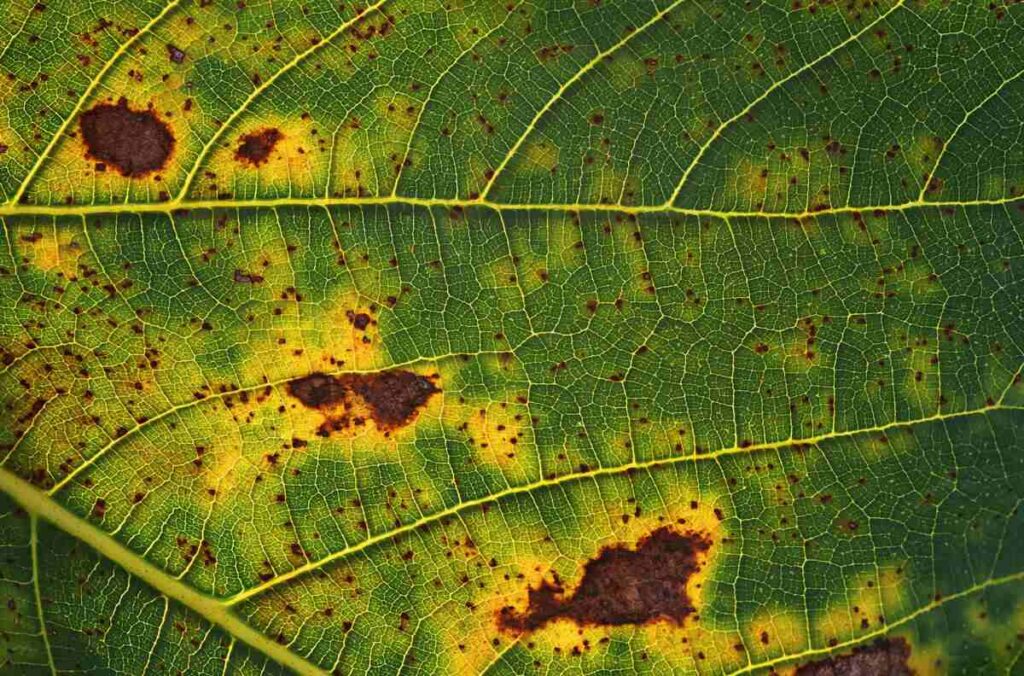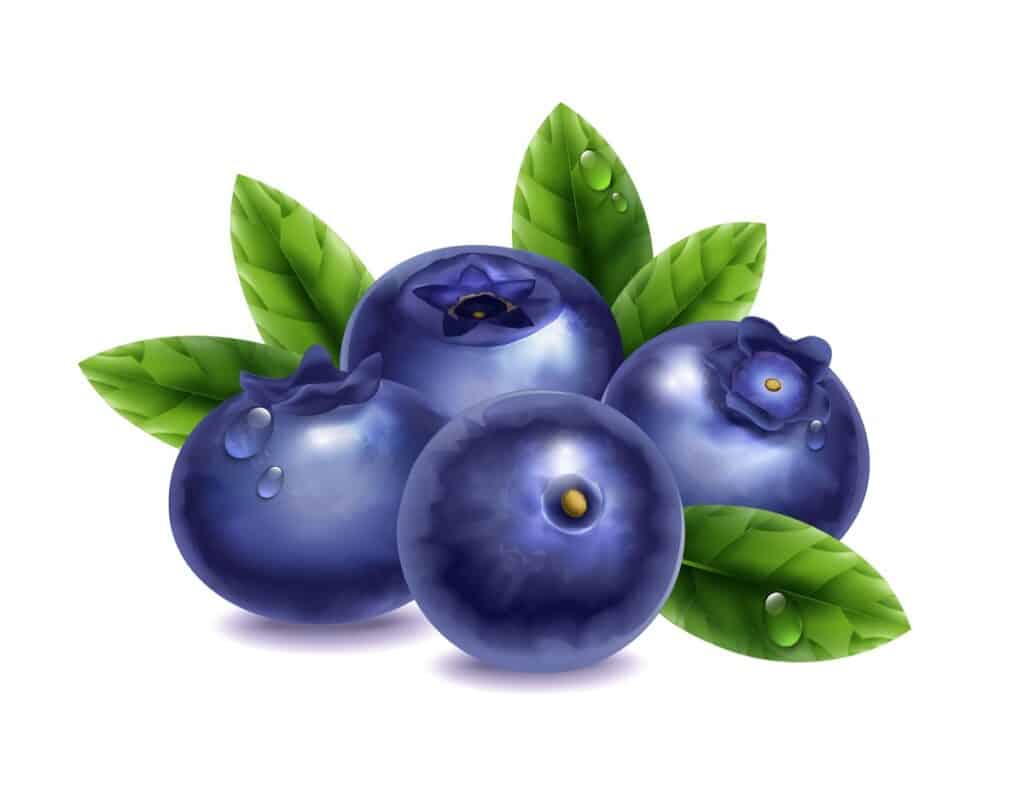
The Japanese Blueberry Tree (Elaepcarpus decipiens), with its glossy evergreen leaves and striking appearance, is a popular choice for ornamental landscaping. However, despite its beauty, this tree is not without its challenges. Many gardeners find themselves facing Japanese Blueberry Tree Problems that can affect the health and aesthetics of these trees.
Understanding the signs of distress is crucial. In this blog post, we’ll explore the most common problems associated with Japanese Blueberry Trees, delving into the causes, symptoms, and most importantly, effective solutions to ensure your tree thrives in your landscape.
Get ready to arm yourself with the knowledge needed to tackle these issues head-on. Enjoy your read!
Japanese Blueberry Trees are exotic. And they are also known as Green Emerald Blueberry. They are native to China and Japan, but it is common in the southern United States.
Their lush dark green evergreen foliage is what characterizes them. When spring arrives, a coppery-bronze emerges, followed by tiny blueberries in fall & winter.
The Japanese Blueberry tree is an eco-friendly choice for your garden, providing several benefits for birds and other wildlife. Let’s say, the fruits of these trees serve as a fantastic snack for birds, the tree’s white flowers also attract bees and butterflies with their nectar. Etc.
Generally, Japanese blueberry trees measure up to 25 or 35 feet tall. So they are good landscaping candidates since they can also serve as a privacy barrier when planted in a row.
It’s best not to eat the berries from the Japanese blueberry tree. While they aren’t toxic, they are considered inedible for humans due to their unpleasant taste and astringency. They are primarily consumed by wildlife and are valued in landscaping for their ornamental qualities rather than as a food source.
Sun Exposure:
Locations with total sun exposure are ideal for Japanese Blueberry Trees since they need at least 6 hours of direct sunlight. But they can also grow in partial shade places with no drama.
Ideal Soil & Watering
Japanese blueberry tree needs to be located in fertile and well-drained soil. These trees prefer a neutral soil PH which is between 6.1 and 7.5.
During the first two growing seasons, these trees need 15-20 gallons of water weekly. To ensure that its deep and extensive root systems are firmly established.
Japanese blueberry trees are very resistant and require low maintenance. However, they are also prone to problems due to negligence or environmental changes. So, let’s talk about it in deeper detail.
If you suspect your tree can have disease problems, you must have an eye close on it. Noticing the early signs is crucial if you want to solve any issues it may have.
When Your Tree Is Diseased, It Will Show the Following 3 Signs:

Once your Japanese Blueberry Tree leaves start turning yellow, you can say that something bad is happening to them. 2 factors can be causing it, and they are.
Improper watering: This is one of the most common reasons leaves turn yellow. Generally, it is because of the underwatering. If your tree does not receive the necessary water, it won’t be able to receive the required nutrients.
Lack of nutrients: The most common cause of yellow leaves is the lack of a nutrient called “Nitrogen.” Trees get nitrogen from discomposing organic matter, proper watering, and soil. So, if your Japanese Blueberry tree is planted in poor soil, it will have problems.
The next sign of a diseased tree is when it starts dropping its leaves. What happens when your tree drops its leaves? Let me tell you two possible causes:
Stress: When a Japanese blueberry is planted in adverse conditions, it can get stressed. And trees respond to this stress by dropping their leaves. Leaf drops may occur almost instantly after the adverse conditions start.
Seasonal Changes: Before making any movement or changing the care you provide your trees, you need to be sure that it is not dropping their leaves just because of seasonal changes.
You must know that Japanese blueberry trees usually shed leaves every 2-3 years but will be replaced with new ones.
No other sign is more evident than seeing pests on your trees, some insects are harmless for trees, but others are fatal, so you’d better avoid them.
Common pest
Many types of problems affect trees, but there is a single pest that is common to find when it comes to Japanese blueberries, and it is called Aphids.
A sign that your tree has an aphid problem is the presence of ants trailing up and down the tree. And for you to recognize them, know that they have soft, pear-shaped bodies and are in black, red, brown, and yellow colors.

Japanese blueberry trees are majestic and perfect for your landscape because of their unique appearance.
It does not require much care; just ensure to apply the tips we gave you in this blog post, provide the right amount of water, plant the tree in places with total sun exposure, and ensure fertile and well-drained soil.
Ignoring Japanese blueberry tree problems will lead to severe tree problems and diseases that could kill your tree. So, if you are already dealing with these problems, do not hesitate to ask for help from the experts at Tree Care Professional.
Click on the Facebook icon to share this article!